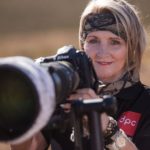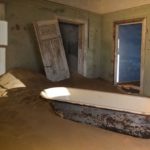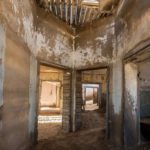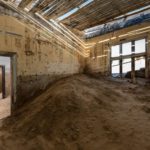-
The genesis of photography as we now know it was in 1826, when Joseph Nicephore produced the first permanent photograph on a metal plate coated with bitumen. Wildlife photography was born a little later, in the early 186os, when a handful of people began taking pictures of domestic and zoo
animals.
Some images from this period – such as the poignant photo of London Zoo’s last quagga, taken by the photographer in the early 187os – are widely reproduced to this day. The oldest surviving portrait of a wild animal is probably one of a white stork on its nest in Strasbourg, photographed in 1870 by an American, Charles A Hewins.
One of the greatest challenges at this time was the heavy, unwieldy equipment, which made wildlife photography an essentially static endeavour.Enjoy this interesting article with images on the History of Wildlife photography.
About Me

Bruna Mentrup
TUTOR
I started my wildlife photography journey with nothing but a passion for capturing what I had seen unfold before me for years.
Determined I could achieve that, I set out with the most basic equipment, and eventually, my efforts were rewarded.
I, fortunately, love travel and being in my own company, so I spend months on the road in perfect partnership with the animals, great light, and the landscape. My confidence grew, and my images started to speak for themselves; so did my range of equipment, as did the awards.
My proudest moment was being made a Licentiate by the Photography Society of South Africa. I take so much pride in the steps I have taken, and it gives me such joy to see my work in magazines and hanging on walls of game lodges across Africa.
My philosophy is that anyone can acquire technical skills in photography. Still, you need heart, passion and a deep connection with what is around you to capture the finest of what Mother Nature has on offer.
Media
Recent Posts

DPC Wildlife Expedition 2024
- 27 March 2024

















